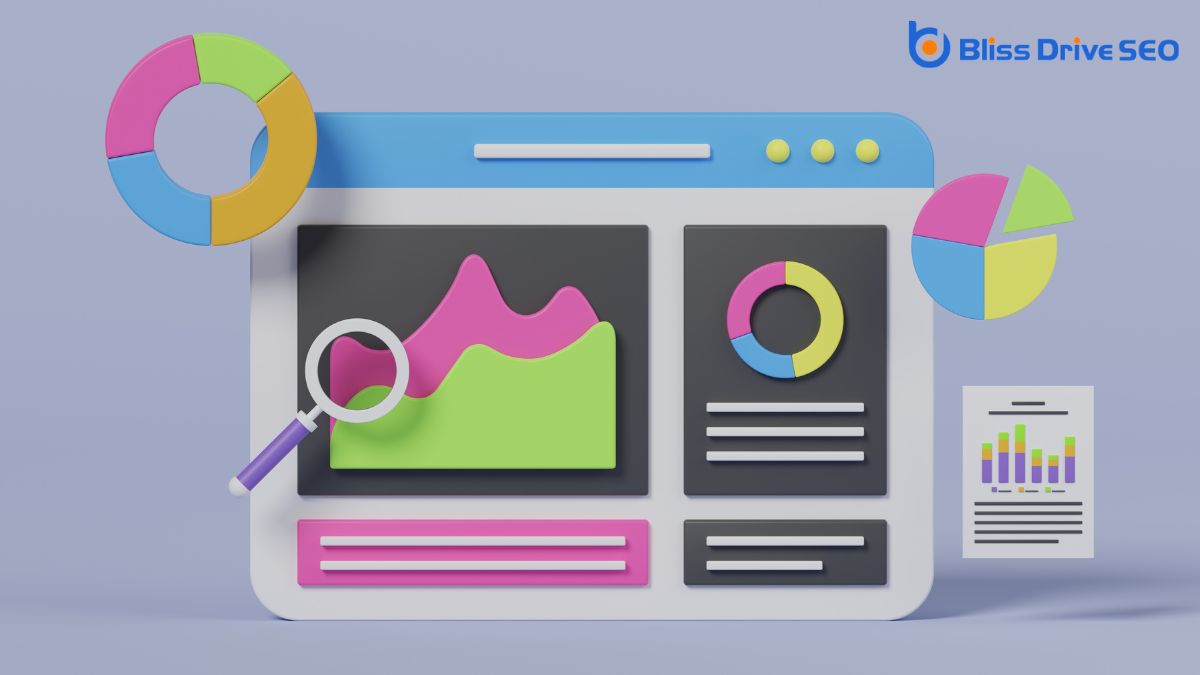Digital Marketing Services
Learn More About Us

When you hear the term "Conversion Rate Optimization" or CRO, you might wonder what it truly involves and why it matters for your business. It's more than just tweaking a few website elements; it's about understanding your visitors' behavior and finding ways to turn them into customers. By using data-driven strategies like A/B testingA method of comparing two versions of a web page or app against each other to determine which one pe..., you can uncover what actually influences your audience's decisions. But how do you effectively implement these strategies, and what tools should you use to guarantee success? There's a lot more to explore in the world of CRO, so let's break it down.

A conversion rateThe percentage of visitors who complete a desired action, such as making a purchase or filling out a... is a key metric that shows how well your website or landing pageThe web page a user is directed to after clicking on an affiliate link, optimized for conversions. is turning visitors into customers or leads. You calculate it by dividing the number of conversions by the total number of visitors, then multiplying by 100 to get a percentage. This percentage tells you how effective your site is at engaging visitors and persuading them to take action.
Understanding your conversion rate helps you identify areas that need improvement. If your rate is low, it might indicate issues with your site's design, messaging, or user experience.
Conversion Rate Optimization (CRO) is essential for maximizing the potential of your website. You invest time and resources into attracting visitors, but without an effective CRO, those efforts mightn't translate into tangible results.
By focusing on CRO, you guarantee your site not only draws visitors but also converts them into customers, subscribers, or leads. This means more sales, higher engagement, and ultimately, a better return on investment.
Think of CRO as a tool that helps you understand your audience's behavior and preferences. By optimizing your site based on these insights, you create a more tailored, user-friendly experience.
This approach increases trust and encourages visitors to take desired actions. In a competitive digital landscape, CRO gives you the edge needed to thrive and grow.
To truly harness the power of Conversion Rate Optimization, you need to understand its key components.
First, focus on enhancing the user experience. A seamless journey keeps visitors engaged and encourages conversions.
Next, analyze data and metrics; they're essential in identifying what works and what doesn't. This data-driven approach allows you to make informed changes that boost conversion rates.
Also, prioritize effective call-to-action elements, as they guide users towards desired actions.
Here's a quick checklist to confirm you're covering the essentials:
When you're focusing on CRO methodologies, start by exploring A/B testing strategies to see what works best for your audience.
Enhancing user experience plays a vital role in ensuring visitors enjoy seamless interactions on your site.
Use data-driven decision-making to guide your optimizations, relying on analyticsThe systematic computational analysis of data or statistics to gain insights and support decision-ma... to make informed choices.
How do you guarantee your website changes leadA potential customer referred by an affiliate who has shown interest in the product or service but h... to improved performance? A/B testing strategies help you make data-driven decisions. By comparing two versions of a webpage, you determine which performs better.
It's crucial to approach A/B testing with a clear plan. Here's what you should focus on:
Although improving conversion rates is essential, enhancing user experience (UX) is at the heart of effective Conversion Rate Optimization (CRO) methodologies. You need to focus on creating a seamless, intuitive journey for your users.
Start by ensuring your website or app is easy to navigate. Simplify the layout and make sure important information is accessible without overwhelming distractions. Pay attention to loading speeds—nobody likes waiting.
Mobile-friendliness is vital, too, as more users browse on their phones. Clear calls to action guide users towards conversion, so make them stand out.
Don't forget about aesthetics; a visually appealing design can make a big difference. By prioritizing UX, you create a positive environment that naturally encourages users to convert.
Harnessing the power of data is essential for effective Conversion Rate Optimization (CRO). By focusing on data-driven decision-making, you can make informed choices that enhance your site's performance.
Rather than relying on guesswork, data provides concrete insights into user behavior, helping you identify what truly impacts conversions. Start by collecting relevant data, like user interactions and engagement metricsMetrics that measure user interaction with a website, such as time on site and pages per session., to guide your CRO strategies.
Here's how you can apply data-driven decision-making:
Use these insights to optimize your site effectively.
When optimizing your website's conversion rate, leveraging the right tools can make a significant difference in your success.
Start with A/B testing tools like Optimizely or Google Optimize to compare different versions of your web pages. They help you understand what works best for your visitors.
HeatmapA graphical representation of data where values are depicted by color, often used to show user behav... tools like Hotjar or Crazy Egg provide insights into user behavior by showing where they click, move, and scroll. These insights highlight potential improvements.
Don't forget about analytics platforms like Google AnalyticsA web analytics service offered by Google that tracks and reports website traffic.. They track user journeys, revealing bottlenecks in the conversion funnelThe stages a customer goes through from initial awareness to final conversion..
Use feedback tools like SurveyMonkey to gather direct user input. These tools collectively enhance your understanding of your audience's needs, enabling you to make informed changes that boost conversions effectively.

To effectively measure CRO success, it's essential to establish clear goals and key performance indicators (KPIs) from the outset. Without these, you won't know if your efforts are paying off.
Consider what success looks like for your business. Is it more sales, newsletterA regularly distributed email containing news, updates, and content relevant to subscribers. sign-ups, or something else? Then, choose KPIs that align with those objectives.
Here's how you can track CRO success:
In CRO, you're honing your website to turn visitors into loyal customers. By focusing on enhancing user experience and removing conversion barriers, you reveal your site's full potential. With tools like A/B testing and user feedback, you're empowered to make data-driven decisions. As you measure success, remember that CRO isn't a one-time task but a continuous journey. Keep optimizing, and you'll see your online presence and conversion rates soar.
